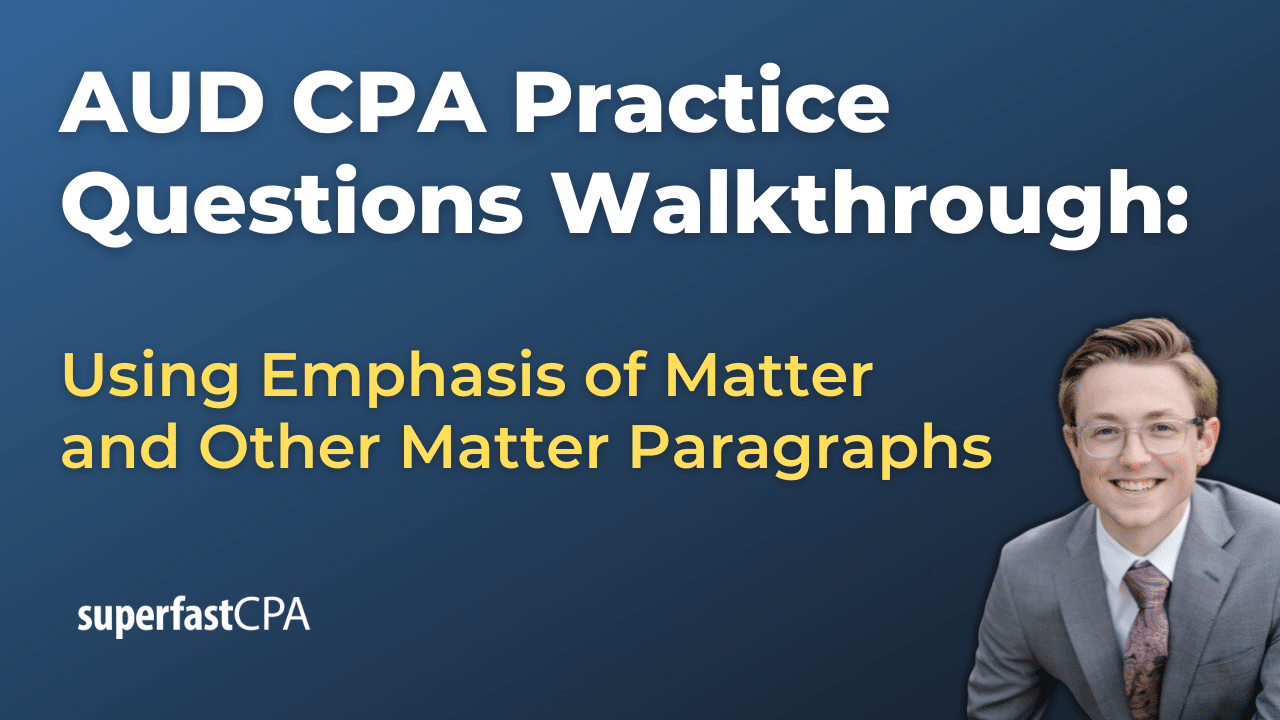Is Accumulated Depreciation an Asset or Liability
Accumulated depreciation is not an asset or a liability. Instead, it’s a contra asset account that reduces the value of the associated fixed asset account (like machinery, buildings, vehicles, etc.) on the balance sheet.
When a company purchases a fixed asset, it records the cost of the asset on its balance sheet. Over time, as the asset is used and its value declines due to wear and tear or obsolescence, the company records depreciation expense on its income statement. At the same time, it records an equal amount in the accumulated depreciation account on the balance sheet.
The balance in the accumulated depreciation account increases over time as more depreciation is recorded. This account is subtracted from the original cost of the fixed assets to calculate their book value or carrying value.
For example, if a company has machinery with a cost of $100,000 and accumulated depreciation of $30,000, the machinery’s net book value on the balance sheet would be $70,000 ($100,000 original cost minus $30,000 accumulated depreciation).
While accumulated depreciation reduces the value of assets on the balance sheet, it’s important to note that it doesn’t represent cash outflow or an amount that the company owes, which is why it’s not considered a liability.
Example of: Is Accumulated Depreciation an Asset or Liability
Let’s consider a simple example of how accumulated depreciation works.
Suppose a company purchases a delivery truck for $50,000. This truck has an expected useful life of 10 years, after which the company estimates it will have no resale or scrap value. This means the truck will depreciate by $5,000 each year ($50,000 cost divided by 10 years).
Here’s how the accounting would look:
At the time of purchase:
The company records the truck as a fixed asset on its balance sheet:
Delivery Truck account (Balance Sheet, Asset) – Increase (Debit) $50,000
After the first year:
The company records $5,000 of depreciation expense on its income statement:
Depreciation Expense account (Income Statement) – Increase (Debit) $5,000
Simultaneously, it records the same amount in the accumulated depreciation account on its balance sheet:
Accumulated Depreciation account (Balance Sheet, Contra Asset) – Increase (Credit) $5,000
So, after one year, the net book value of the truck on the balance sheet would be $45,000 ($50,000 original cost minus $5,000 accumulated depreciation).
This process continues each year until the truck is fully depreciated after 10 years, at which point the Accumulated Depreciation would be $50,000 and the net book value of the truck would be $0.
Remember, accumulated depreciation is a contra asset account, meaning it reduces the value of the related asset account, but it doesn’t represent cash that has been spent or a debt that is owed.














